-
Posts
4,741 -
Joined
-
Last visited
-
Days Won
119
Content Type
Profiles
Forums
Resource Library
Events
Gallery
Blogs
Store
Community Map
Posts posted by Mayner
-
-
Billyboy's loco looks more like an S2 rather than an RS2
The S2 was a pure switching loco restricted to low speed work, the RS2&3 was the first of the modern road switchers suitable for both switching and line haul work.
[video=youtube;oeG2Ejj-bNc]
The S2 is an end cab design without a short hood, runs on "Blunt" trucks and has a different engine to the RS2 & RS3 classes
The early Alco diesel road switchers, freight and passenger locos were plagued by engine troubles and Alco lost market share to General Motors and later General Electric.
Most of the Canadian Alcos were built in Montreal, North American production of Alcos shifted to Montreal when the US plant shut down during the late 196os.
-
They also stacked trains in the Claremorris-Balla section on Sundays, there was an IRRS Journal Article in the 70s or 80s that went into detail on the working of pilgrimage trains at Claremorris.
The practice seems to have been mainly to eliminate running round in Claremorris on busy days by swapping locos between trains in section. Once the passengers had disembarked a number of arriving trains would continue into the Claremorris-Balla section followed by a light engine, The trains would then return to Claremorris followed by a light loco and the process possibly repeat itself if necessary.
I am not sure if regular services were cancelled on busy Sundays, but in 1980 the Claremorris-Balla section was free between the departure of the Up Westport passenger at 09:37 and the arrival of the Down Athlone-Westport passenger at 13:22.
-
The canopy and roller doors in the West end of the goods shed and the blocking of the windows was most likely carried out in connection with the introduction of Liner Trains for bagged cement traffic in 1976-7. (1st pallet cement wagons introduced 1976)
Loose coupled goods trains continued to operate for another year or so until sundries traffic was containerised using 10” & 20’ Uniload containers.
One of the advantages of modelling Claremorris is that there was relatively little change in the track layout and general appearance of the station between the closure of the Ballinrobe line and the ripping out of the junction with the Limerick line in the early 2000s despite the change from loose coupled to liner train operation.
Bagged cement trains to stations in County Mayo operated from the Limerick rather than Drogheda factory. The daily Limerick-Claremorris loose coupled goods ceased to operate after the closure of Tuam and Gort to sundries and wagon load traffic.
The transition era from loose coupled to liner train operation would be an interesting to model, with loose coupled goods train carrying sundries and containers as individual wagon loads operating alongside the newly introduced Liner trains carrying Asahi, bagged cement, fertiliser and twice weekly North Wall-Oranmore-Claremorris ESSO oil train.
-
Interestingly, Hollywood Foundry does sell a 21mm x 21mm motor bogie, but it's for 12mm gauge....
Interesting, but feckin' expensive.
Hollywood Foundry & Steam Era Models (Black Beetle motor bogies)http://www.steameramodels.com/ will supply 21mm gauge power bogies at little extra cost if you order direct from Australia.
I have a 21mm gauge E Class with a Bull-Ant and an AEC railcar with Black Beetle bogies
-
agreed, but I dont think oil handling was ever handled on the other side, most of the southern side was used by the ballinrobe service and engine run round etc . The ESSO depot itself only appeared in the late 60s , certainly 1950s show no oil silos.
late 60s seems early for container crane.? didn't all these get bought in the freight modernisation plan of the 70s
according to station staff, the goods shed was used a keg store rather then bagged cement , but that could have been later, there is a photo on the station of kegs being forlklifted into it around the 80s
I had meant oil traffic was handled a the Southern Yard the old WLWR goods yard rather than the stub of the Ballinrobe branch.
May 1969 edition of Irish Railfans News records that Galway and Claremorris were the latest stations to receive gantry cranes for container traffic and that all keg traffic except Belfast is now transported in special Lancashire Flats loaded by the gantry crane at the Guinness Sidings at Heuston..
Its possible Claremorris may have ceased to handle bagged cement traffic when IE went though one of its rationalisation processes in the late 80. The volume of keg traffic handled at Claremorris increased with the closure of Westport, Castlebar and eventually Galway to freight traffic.
-
Claremorris goods shed was converted to a bagged cement store with a canopy and forklift access through the gable end in a similar manner to Tuam and Gort as part of the Rail Plan 80.
The yard layout and shed evolved with increasing goods traffic http://maps.osi.ie/publicviewer/#V2,533827,775117,12,9
Claremorris yard is interesting in that CIE modernised freight handling in the yard in the 70s with little or no track alteration, a gantry for container traffic was installed in the late 60s and ESSO oil traffic transferred from “The Southern Siding” to the yard in the late 70s.
-
Luggage compartment in the middle... yes, the 1924 original GSWR book I have shows neither side elevation nor seat plan.
I wondered if it had had a toilet, given that from the seat numbers quoted, it obviously only had 4 compartments. While carriages with this configuration did exist (though probably more so on the Midland, cone to think of it), GSWR ones often had a loo or luggage area. Clearly, this one had a luggage area.
I suspect that a few like this were subsequently altered with a loo (or two) placed where the luggage compartment was, though this would have lost a seat in each first class compartment....
The drawing on p71 shows the same seating arrangement as p70 but with the luggage compartment at one end.
Drg © H Richards
The drawings look GSWR rather than WLWR in design and the WLWR may have been listed with the GSWR composites because they had a similar seating layout.
Drg © H Richards
Some ex-WLWR composites had a luggage compartment, lavatory and 1/2 compartment ends, panelling quite different to the GSWR.
The drawings in GSWR Carriage Diagrams were prepared in 4mm scale by Herbert Richards who modelled the GSWR
-
-
-
Larne Harbour would be an interesting challenge with broad and narrow gauge running lines into the passenger station and goods yard, including mixed gauge platform roads and sidings. The Londonderry Port & Harbour Commissioners (LPHC) lines were interesting in that the LPHC used broad gauge locos to work narrow gauge wagons to and from the Donegal & Swilly over the port railway system.
The mixed gauge siding and turntable at Strabane was originally provided for swapping wagon bodies between the broad and narrow gauge as part of an Edwardian Swap Body system that worked on a similar principal to modern roll off containers.
There was mixed gauge diamond crossings rather than true mixed gauge track at Ballymena, Ballymoney and Maguires Bridge (CVR) where broad gauge sidings crossed narrow gauge running lines and sidings.
Ballymena loco shed was used by both the broad and narrow gauge and would have been an interesting sight with BNCR Green or NCC Crimson lake narrow gauge compounds and Whippets.
There is no evidence that I am aware of mixed gauge trackage or crossovers on the C&L at Dromad or Belurbet.
One of the more interesting crossings was one where a BNM line crossed the Banagher branch line and BNM normally had the right of way!
-
The Truck drivers in question obviously a bit dim. HGV drivers are usually thinking 4 moves ahead so it must be some dimwits that hit bridges so well marked. Having said that why don't the local authorities place gauge bars about 20 meters each side of low bridges, the trucks would hit those first alerting the driver before they hit masonry or steel? It's done in other countries.
KiwiRail use side beams to protect railway over bridges from side impact damage. The basic idea is that the beams and truck absorb the impact rather than the railway bridge. The beams are large box section steel painted yellow supported by the bridge abutments or an independent structure.
-
 1
1
-
-
It's at times like this I wish Bob Clements, Harry Montgomery and my grandfather were still about to ask questions to!
A main line layout featuring all the big Cork line stuff would be amazing. If there were 48 hours per day, nine days a week, and sleep was unnecessary, that would be my big project!
Such a set-up would feature Woolwiches, 400s, 500s and 800s, along with all manner of 0.6.0 and 4.4.0 types. The selection of carriages and wagons would be infinite - everything from 1870s ancient gas lit six-wheelers to modern "Bredins" and Pullman cars.
All that's needed is an Irish Pete Waterman and an army of craftsmen and women to turn the dream into reality. A Scale 7 Cork main line layout in an aircraft hanger would be something else.
I wonder does Bono or Dennis O'Brien like model trains?
-
Absolutely fascinating! So these locomotives designed for freight workings? These would have been a very powerful locomotive at the time,possibly one of the largest in Europe? Such a shame they were all scrapped, they would have been a fascinating exhibit at Cultra! Would the 500s have been the first "successful" 4-6-0s? I have a feeling that the GWR will get involved in this conversation..
Harry
It might be worth while taking out a subscription to New Irish Lines and getting a copy of "Great Southern Locomotives" Colourpoint Books http://www.colourpointbooks.co.uk/more_details.php?id=261.
The Nov 2014 and May 2015 issues of New Irish Lines included copies of GSWR/GSR weight diagrams for a number of classes including the 400s & 500.
It looks like the initial proposal for the 500 Class 4-6-0 was prepared under Watson in 1916, which puts the GSWR on an equal footing with the LSWR in terms of developing the modern British 2 cylinder mixed traffic 4-6-0.
The GSWR inside cylinder 4-6-0s were nothing exceptional by the standards of the time the LNWR had over 500 inside cylinder 4-6-0, the 170 19" goods built 1906-9 were close in terms of size and power to the Irish locos. A small number of 19' goods survived into early BR days, the majority of LNWR inside cylinder 4-6-0s were scrapped during the same time period as the Irish locos.
-
Who really knows what Kader are thinking? I thought they had troubles of their own.
Healthy increase in turnover and return to profits compared with 2014.
http://www.kader.com.hk/investor_relations/pdf/interim2015_e.pdf
1st rule of business use your political influence to squeeze out a competitor http://www.kader.com/our_company/senior_management.html
-
Hornby appears to be stronger association with model railways and someone wanting to buy a train set than Bachmann. Our local model shop dropped Bachmann in favour Hornby several years ago the model railway side of the business focusses mainly on parents adding on parents adding on to the train set bought at Christmas than adult modellers who tend to buy mail order from overseas.
Hornby weak financial position makes the business a potential target for a takeover by Kader, who would probably drop the Bachmann Branchlines brand in favour of Hornby
-
^^ I have decided, I have decided that I'm going use TT/HOm for the narrow gauge branch line & 00 guage for the the mainline & dual gauge for the branch line to depot. The whole idea of this model railway is to be realistic but at the same time be fictional
I hope to scratch build a body for the doner locomotive chasia on eBay to make it look close or just like IOMR No.21 [ATTACH=CONFIG]21629[/ATTACH][ATTACH=CONFIG]21630[/ATTACH]
.
But thanks for the help & advice anyways.

Hi Tony
I had to do a double take when I saw the photo of diesel No21,I did not realise the IOMR had an American diesel
 .
.No 21 seems to be based on a standard General Electric (GE)design, GE built a number of 3' gauge end cab units of similar size in the 1950s an interesting might have been if CIE, the Donegal or IOMR had gone shopping for American 3' diesels in the 1950s.
[video=youtube;Xuyi2N-v7RA]
-
+1 , Backwood Miniatures covers the Irish Narrow gauge very well. I'll find a catalog and put up when I get the chance.
Try Alphagraphics for 7mm narrow gauge, they have some lovely sets.
The selection of Irish/Isle of Man 4mm (OOn3) loco and rolling stock kits is quite limited.
Backwoods Miniatures dropped the Irish 3' range several years ago. Sales of Irish models was poor compared to OO9 & American narrow gauge kits and imported brass rtr models. The owner Pete McParlin had not got around to updating the OOn3 section of the web site and may have retired and sold the business.
Branchlines P.O. Box 4293, WESTBURY, BA13 9AA, UK Tel./Fax: +44(0)1373 822231 Mon.-Thurs. 9.30-13.00, 14.00-18.00 prefer t do business by phone or post rather than electronic media
Branchlines may still produce kits for Isle of Man locos and coaches. The loco kits should be reasonably straightforward to build combining whitemetal bodies with nickel silver chassis. The kits were originally manufactured by GEM in the 1960s, and updated by Branchines in the 1990s with a more up to date chassis and drive system.
Branchlines also produced an etched kit for the Tralee and Dingle Hunslet 2-6-0T loco, the kit was challenging to construct in OOn3 due to very tight clearances between the driving wheel, coupling rods and valve gear.
Rolling stock included some very nice and reasonably straight forward kits for Tralee and Dingle and Clogher Valley coaches (CVR). The CVR coaches were very popular and usually built in OO9.
The wagon situation is somewhat better Parkside-Dundas produce a number high quality plastic kits for Tralee& Dingle van and open wagons. The OO9 Society commissioned Parkside to produce two separate designs of T&D cattle wagons.
Foxrock Models (Simon deSuza) http://newirishlines.org/2009/06/20/news-and-views/ produces a number of resin and etched brass for C&L coal wagons and ex Passage brake vans..
Worsley Works produce a large range of scratchbuilders parts for Irish narrow gauge including parts for some locos and coaches for the majority of 3' lines, but are not really suited for the beginner.
You could follow the example of the late the David Lloyd author of Modeling the Irish Narrow Gauge, David built a very nice collection of static steam locos in plasticard and used Bemo diesels to haul the trains on his Coolcalaghta West Cork narrow gauge layout.
-
Trying to model Irish broad and narrow gauge with 00 & 00n3 or even HOn3 on the one layout is going to be challenging, it might be simpler to follow Merv Smith's example and go complexly freelance and use Liliput or Minitrains locos and stock in an Irish setting.
Merv Smith used HO9 to model a narrow gauge coal carrying line in a distinctly New Zealand South Island/West Coast setting in terms of scenery, vegetation, engineering and building practice.The last of the common carrier Irish narrow gauge lines closed more than 60 years ago. A system linking Ireland, the Isle of Man and the British mainland had it existed or survived would be radically different from the Irish or Isle of Man systems and might equally have followed European or American practice.
-
Flange, I'm quite conflicted here. Normally I'd take your contributions as verbatim, but in this instance I'm unsure about the roof tile bit.
Portland cement generally only requires a factory additive when the contract determines it, like the addition of clinker in Ecocem or chem 3 to give additional strength etc. This is mainly seen today on capital projects like speciality bridges and nuclear installations.
BR standards were the only game in town then (and still are imho) but I can't imagine a scenario where Irish cement had a contract to produce such volume of high volume contaminating product that required "boxing off" a rake. Nor can I think of a capital project from 1960 to now that would validate it.
Lagan concrete were, and still are, the roof tile guru's.
My scepticism demands I make a few phone calls and do more research, but it would be fascinating if it were true.
As for the wagon behind the mpd railcar thing, it looks like a donor chassis. Wrong Leaf springs & axle boxes, lack of brake gear, slim buffers and absence of discharge gear suggests it was a trial wagon on loading gauge tests.
This was done with the ammonias too.
Much to think about lads, ye're contributions have been enlightening!
The Tegral factory in Athy manufactured asbestos cement and later fibre cement products including water mains, wall and roof cladding. http://www.tegral.com/index.php?page=about-us
Rapid hardening Portland cement with a more finely ground clinker was likely to be used in the manufacturing process, hence the need for a dedicated rake of wagons for the Tegral traffic.
Depending on whether you take 1960 or 64 as the starting point the CIE "Standard" 20' flat wagon chassis evolved over a period of between 8 & 12 years, there is likely to be considerable difference in chassis detail between individual batches of bulk cement wagons.
The running gear in the photo of the MPD shunting at Derry is similar to the flat wagons introduced in the early 1960s. The wagon is fitted with 8 shoe clasp brake gear with a handwheel to operate the handbrake similar to fitted H Vans, Cattle Wagons and Flats all intended to run as tail traffic on passenger and mail trains.
CIE may have retro-fitted the initial 1964 batch with lever brake gear to bring them into line with the rest of the wagon fleet and reduce maintenance costs. Still an interesting variation for someone who likes to customise their wagon feet.
-
Found this picture in the O'Dea Collection at the National Libary note the Handbrake which is a wheel as compared to a lever and the position of the Vacuum Bag/hose. http://catalogue.nli.ie/Record/vtls000307375
Flange Lubricator
Its possible the wagon in the photo is one of the original 1964 batch, the hand brake arrangement is similar to the Guinness container wagons and other vacuum fitted wagons built in the late 1950s early 60s.
The 12t container wagons/flats were later converted to PWD use.
-
Nice work David
The 6 wheel saloon with its peeling fading paintwork was always a favourite of mine. I remember reading some where that the SLNCR manager was embarrassed at the standard of coach paintwork in the mid-50s as the company had to rely on a wagon painter and no doubt did not have the money to pay for an experienced painter or the paint.
I am thinking of trying the David Jenkinson method for some MGWR 6 wheelers, though I am not sure if Evergreen do a small enough half round strip for 4mm beading
-
Quoting the Loco and Rolling Stock bible (H&D 2nd Ed. P.78), the bubbles were introduced in 1964 with more batches in '65, '67,'70 and '72. So plenty of them around prior to '72.
I'm guessing 40 a pop so won't have much change out of €600 for a rake.....

For someone without the money/space Individual and short cuts of bubble wagons were sometime marshalled in loose coupled goods trains in the transition era from loose coupled to liner trains.
This seems to have been common enough on cross border goods trains to Belfast and Derry and the Limerick-Claremorris goods.
In individual wagon loads of bulk cement may have been transferred direct from rail to road bulk cement tanker in Ballina or Derry for major projects such as the Asahi plant in Killala.
-
Thanks guys. Were Park Royals always usually placed inside the formation, or sometimes towed? Were laminates used the same way?
QUOTE]
Intermediate coaches could be ex-GSWR, CIE MK2 Bredin stock, Park Royals or laminates or potentially a combination of all four in an 8 car set with 4 power cars.
Coaches were usually marshalled inside the set, but a single coach, van or wagons could be hauled if traffic demanded. This seems to have been more common on secondary lines like the West Cork or the lines from Limerick to Waterford and Sligo.
Used to enjoy the drivers cab view on summer holiday trips in the late 60s early 70s from Tara or Connolly to Bray, Howth and Mosney. Some railcars still had 1st Class seating and we would often hop in at Connolly or Tara even if the train was only going to Pearse.
On one journey the cooling system on the leading car boiled over on the climb from Sandycove to Dalkey and the interior filled with steam, soon the AEC cars had all gone mutated into uncomfortable, poor riding push pull sets.
-
There is evidence that AEC railcars hauled ex GSWR clerestory stock.
There is an April 1953 photo of an newly introduced 2616 & 2617 with what looks like an ex GSWR clerestory roofed diner as intermediate coach on an up Waterford passenger at Portarlington in Anthony Burges "Chasing the Flying Snail" colour point books. The railcar set is also hauling a 6w van.
The supply of engine and transmission parts for the AEC railcars became a major problem that eventually lead to their withdrawl.
Leyland seems to have failed to understand railway asset life and the potential market for spares, New Zealand Railways had to re-engine a class of 52 heavy shunting locos with Cummins engines when Leyland ceased to supply engine parts after less than 10 years
-
 1
1
-
.png.c363cdf5c3fb7955cd92a55eb6dbbae0.png)

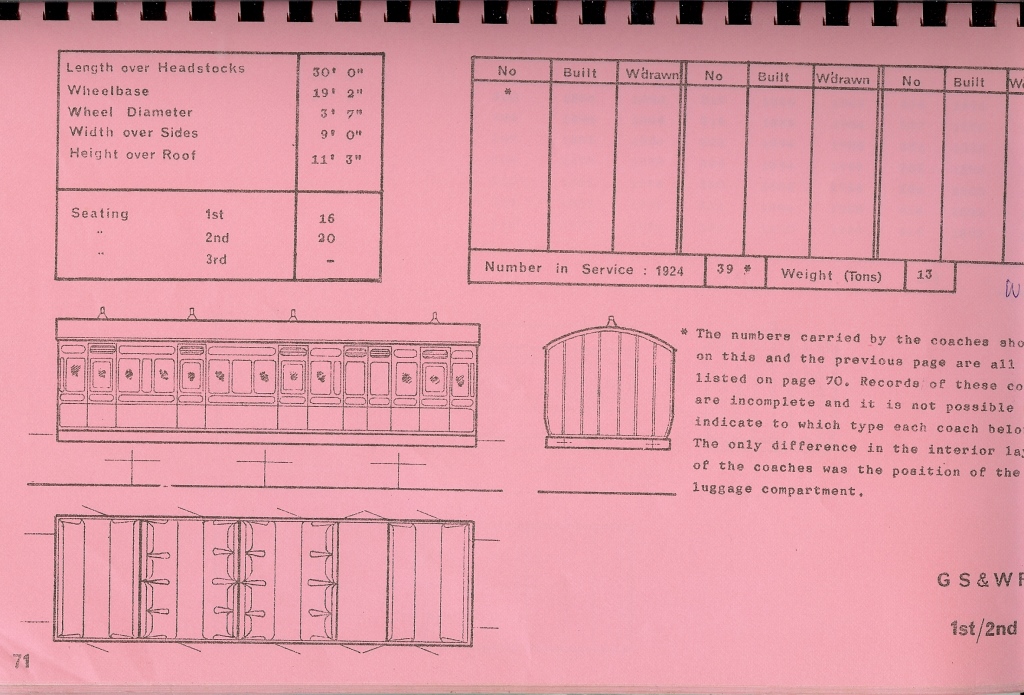
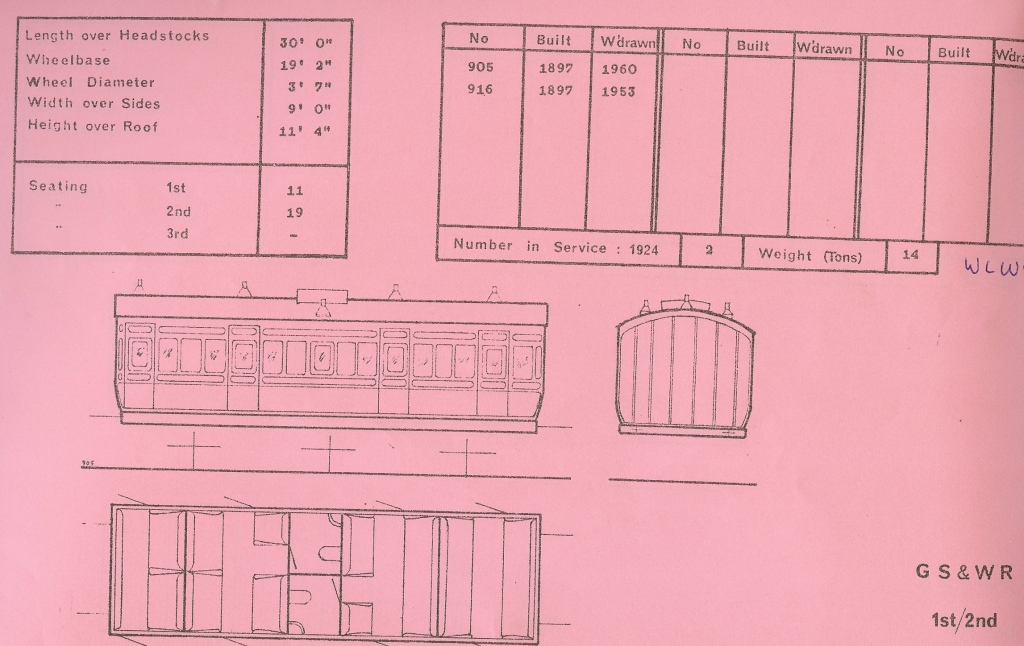
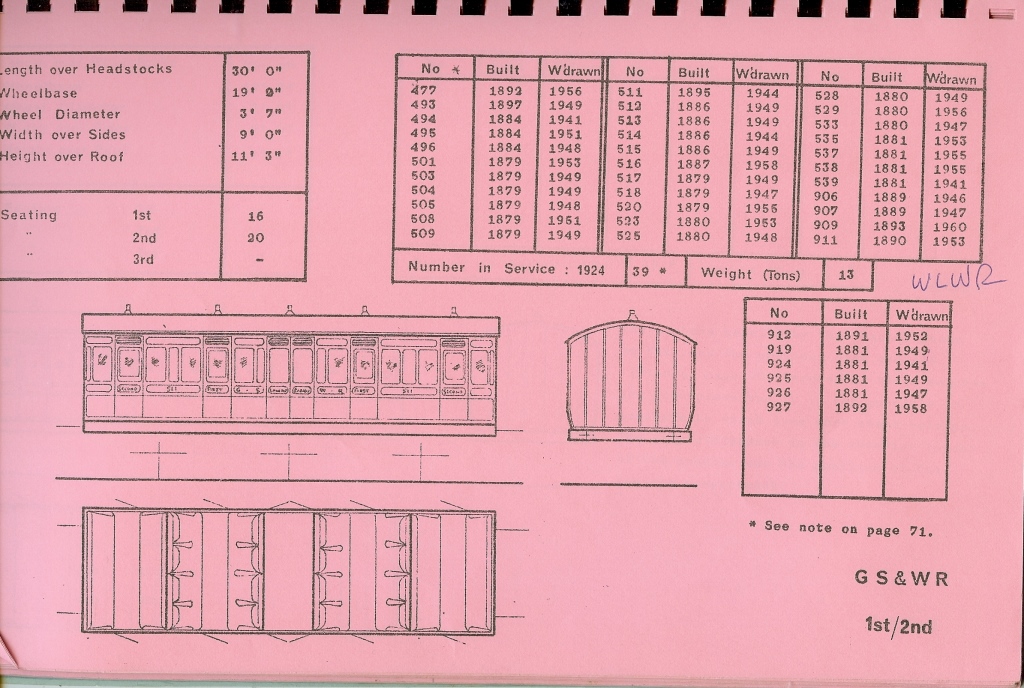
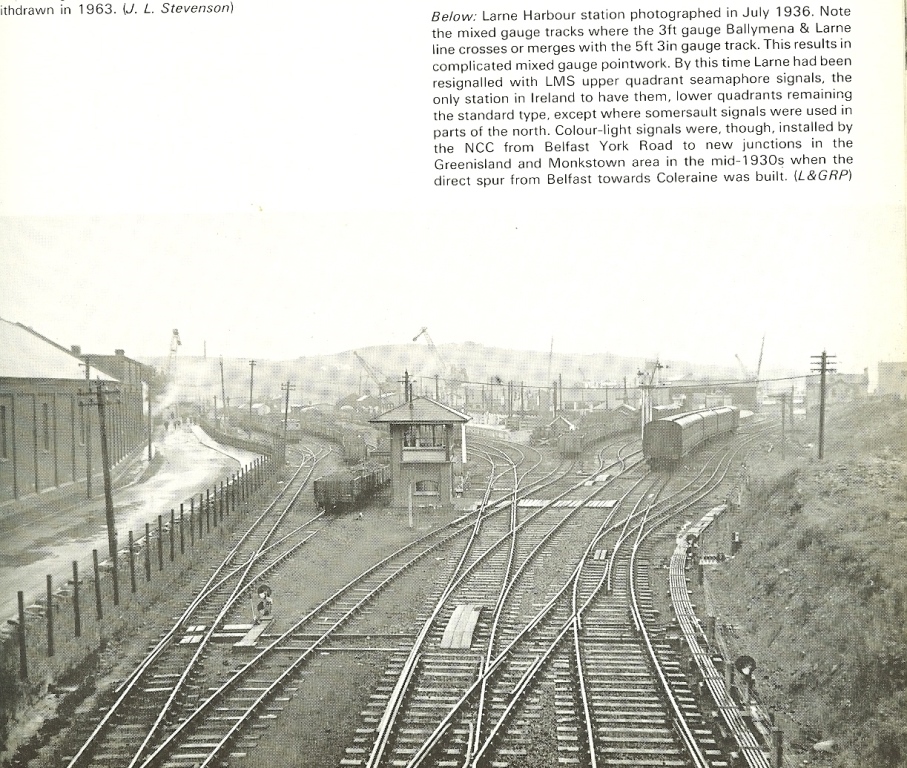
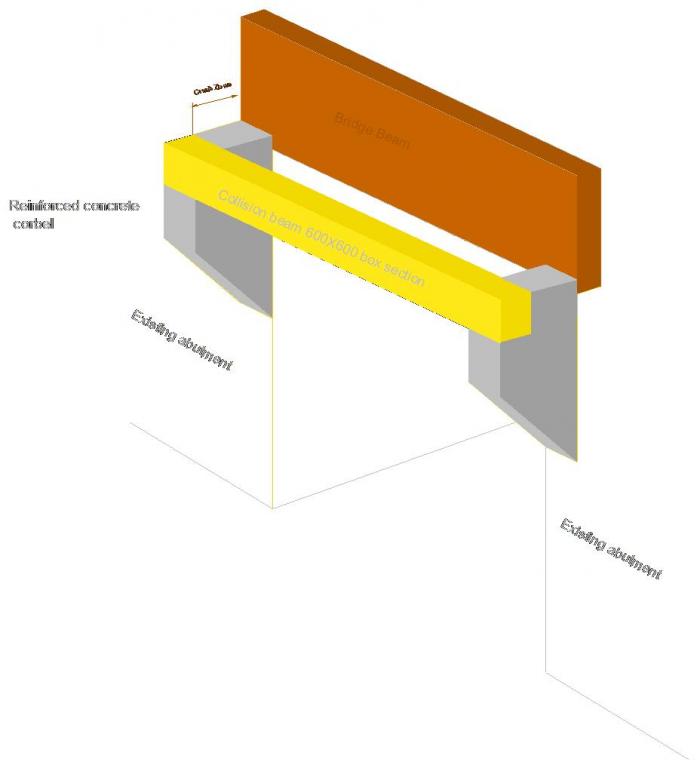
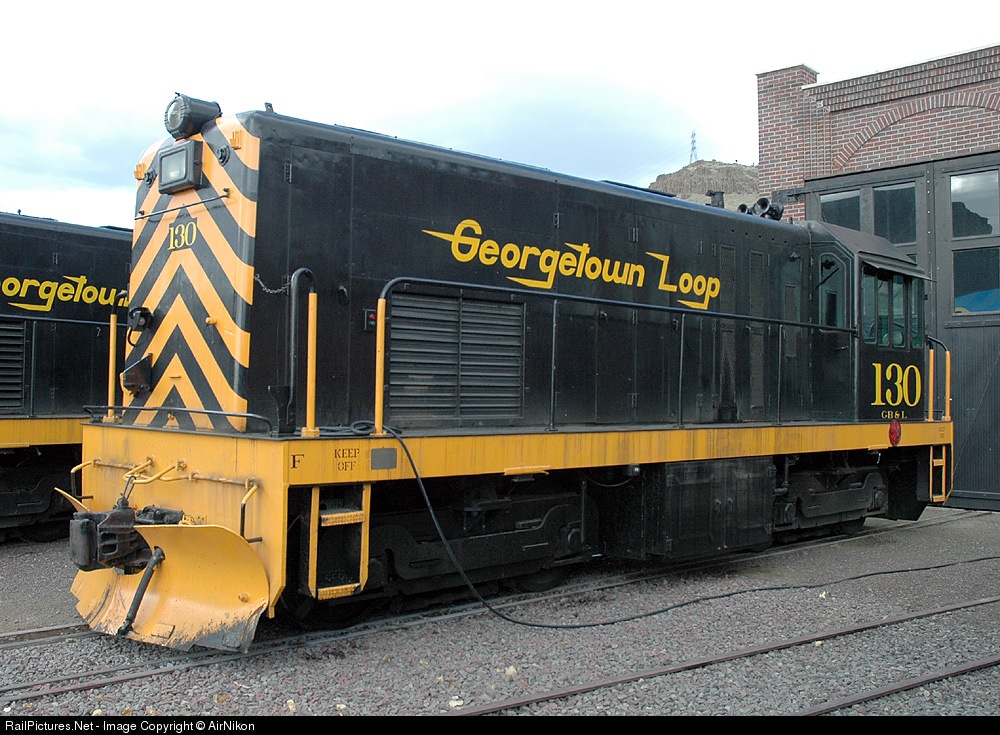
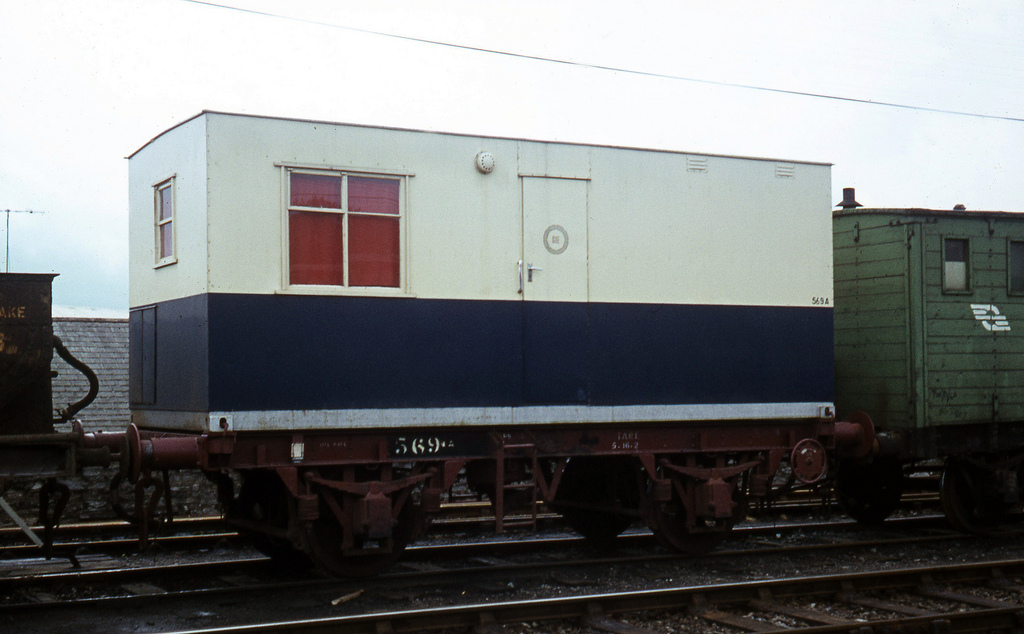
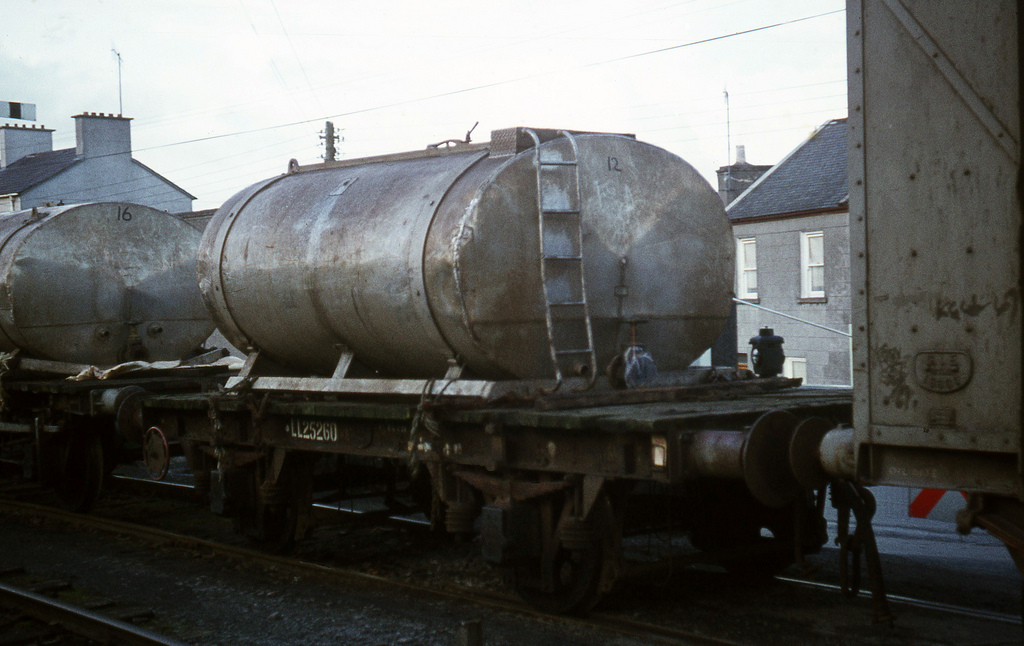
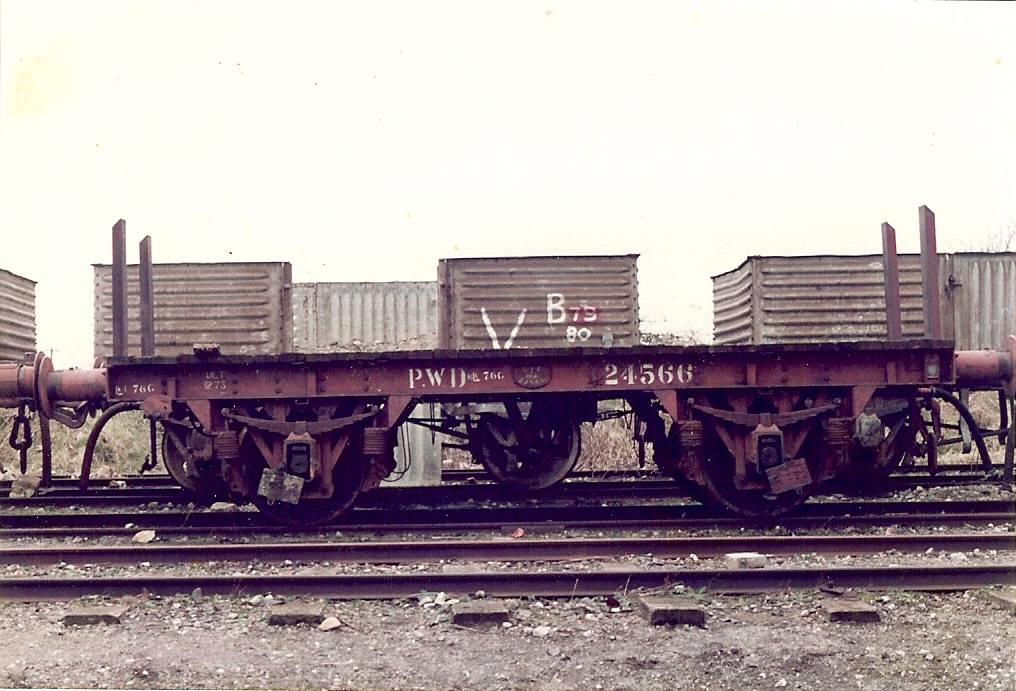
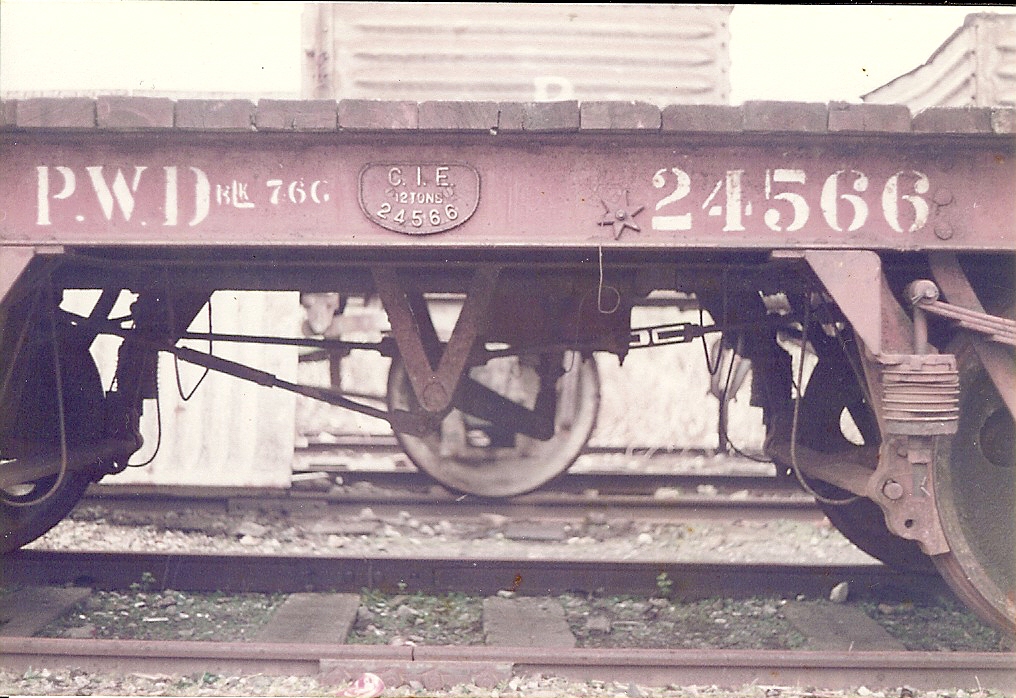
Claremorris Goods shed
in Questions & Answers
Posted
The loop at Manulla was lifted at some stage after the closure of the station in the 1960s, the practice of queuing a number of trains in section uncoupling the locos and coupling to the train in front was described described in an IRRS Journal article on working Knock specials. The same practice was also used at Ashtown to handle a large number of specials for the 1980 Papal visit. A temporary trailing crossover was installed and the Down Line between Ashtown treated as a siding for storing the specials.